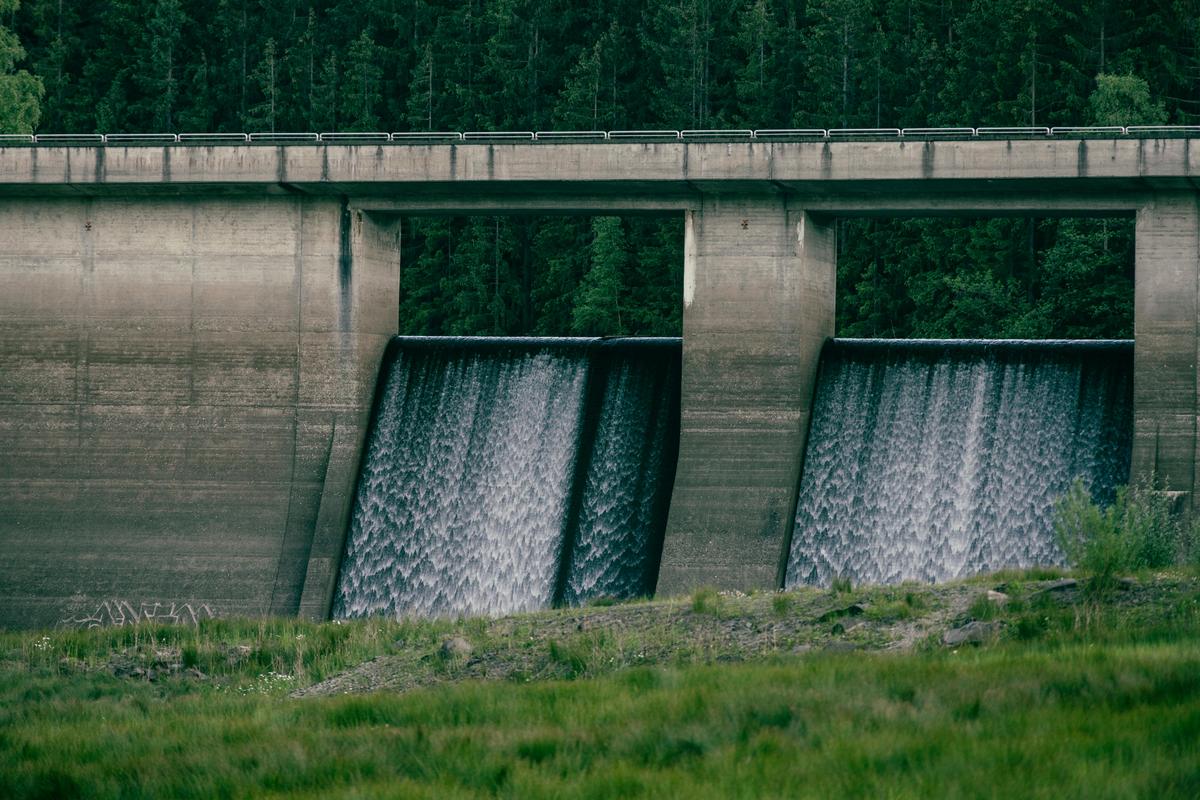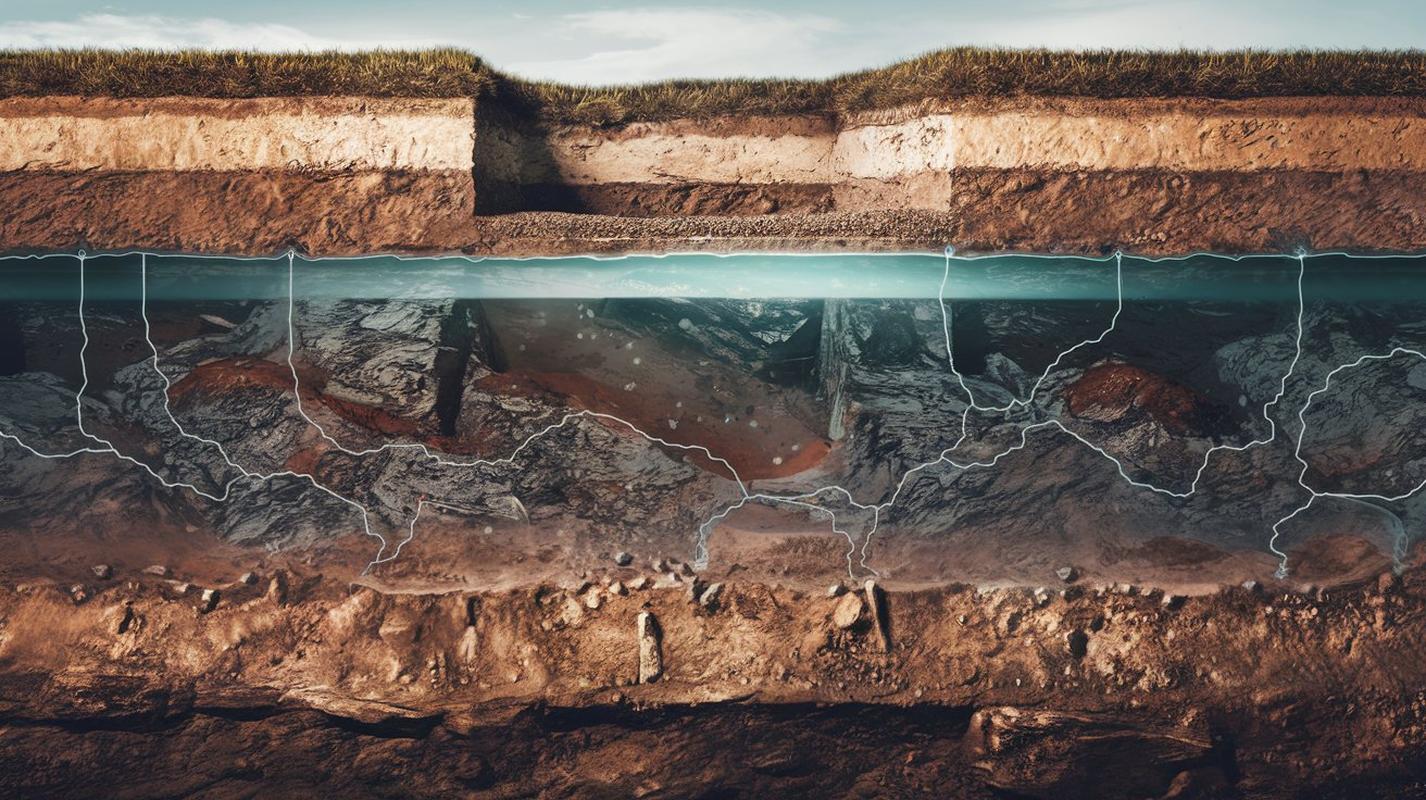What is Aquifer Recharge? A Comprehensive Definition
Aquifer recharge is all about water moving from the surface down into the ground to be stored and used when needed. This can happen naturally through things like rain, snowmelt, and surface water, or it can be helped along with things like injection wells. Wetlands are super important in keeping the water table up and driving this recharge.
How much water gets recharged depends on a bunch of things, like what the soil is like, what plants are around, and how the site is set up. In places where there’s not enough water or where people are using up too much groundwater, artificial recharge is becoming more and more important to make sure we have enough fresh water. These projects use things like injection wells to fill up the aquifer and make sure we have water for the future.
Keeping an eye on and managing aquifer recharge is tricky, since the quality and chemistry of the water we’re putting in can affect the aquifer and maybe even mess up drinking water. We have to be careful about things like disinfecting the water, getting rid of germs, and making sure we’re not moving around metals and other bad stuff. But sometimes, putting in not-so-great water has actually made the water quality better.
With climate change and cities growing, it’s super important for communities all over to understand and make the most of aquifer recharge. By using this natural process and coming up with new ways to recharge, we can make sure we have enough groundwater for the future. 1 2
 Photo by Karol Czinege on Pexels
Photo by Karol Czinege on Pexels
The Science Behind Aquifer Recharge: How It Works
Aquifers, the hidden reservoirs beneath our feet, are crucial to sustaining life and supporting our growing water demands. These underground rock formations or sedimentary deposits, porous enough to hold water, are the focus of a fascinating process known as managed aquifer recharge (MAR).
MAR, also called water banking, involves replenishing aquifers using surface or underground techniques. The two primary approaches are surface infiltration, where water is directed across the land, and deep injection, where water is pumped directly into the subsurface. Existing MAR projects commonly use river water, stormwater, and treated wastewater as recharge sources.
Aquifer storage and recovery, a water-storage technique that involves storing available water through wells and retrieving it during dry periods, is an essential water management practice.
While MAR can have both positive and negative effects on groundwater quality, depending on the water source and interactions with the aquifer, it offers numerous benefits. These include improving stormwater and wastewater quality, preventing land subsidence, and safeguarding coastal aquifers from seawater intrusion.
Across the globe, over 1,200 managed aquifer recharge projects are underway, a testament to the growing recognition of this innovative water management strategy. As groundwater levels decline and withdrawals exceed natural replenishment rates, MAR emerges as a vital solution to ensure the long-term sustainability of our precious water resources.
By harnessing the power of aquifers and the natural water cycle, managed aquifer recharge holds the promise of a more resilient and secure water future, one that can adapt to the evolving challenges of our time. 3 4
 Photo by Alexander Graf on Pexels
Photo by Alexander Graf on Pexels
Why Aquifer Recharge is Crucial for Sustainable Water Management
Aquifer recharge is a crucial part of sustainable water management, offering a bunch of benefits that can help communities deal with water scarcity and climate change challenges. Managed aquifer recharge (MAR) is when we purposefully recharge water to aquifers, either to increase groundwater storage or for environmental reasons.
This practice can have big impacts, like improving water supply resilience and quality, fighting saltwater intrusion, and helping out freshwater fish habitats. MAR projects have been found in almost every state in the US, with the most common reasons being storing drinking water, managing stormwater, and dealing with droughts.
Aquifer recharge is a natural thing, and MAR can involve boosting or restoring recharge in places like floodplains or adding recharge where it doesn’t naturally happen, like in dry areas. This not only increases groundwater storage but also helps with the overuse of groundwater basins, a big issue in many places.
- Groundwater and/or surface water modeling are super important tools in designing, implementing, and permitting MAR projects, giving us a better understanding of water chemistry and possible contaminants.
- While water quality worries, rules, and getting everyone on board can be tough, the benefits of aquifer recharge make it a key strategy for ensuring a sustainable water future.
- By using natural processes and cool technologies, communities can build resilience, secure their water supplies, and protect important ecosystems – all thanks to the potential of managed aquifer recharge. 5 6
Key Factors Influencing Aquifer Recharge Rates and Effectiveness
Precipitation plays a crucial role, with early spring rains often making the biggest impact. Lots of rain, along with not much evaporation and plant transpiration, helps increase soil moisture levels and improve the recharge process. Areas with higher yearly rainfall, like eastern Kansas, usually see more aquifer recharge compared to drier western regions.
The type of soil also affects how recharge works. Sandy soils let water move through faster, while clay-heavy soils slow it down. Cracks in the ground can create quicker paths for water to reach the aquifer. Plants also play a part - mature plants take more water from the soil, reducing how much goes down.
The landscape is another important factor. Steeper land leads to faster runoff and less infiltration, which limits recharge. The depth of the aquifer matters too, as water has to travel further to reach deeper water tables, lowering the recharge rate.
By understanding these different influences, water resource managers can come up with more specific strategies to improve aquifer replenishment and ensure the long-term sustainability of this important groundwater supply. Finding the right balance between rainfall, soil types, vegetation, and landscape is key to optimizing the recharge process and protecting this valuable resource for future generations. 7 8
 Photo by Aphiwat Chuangchoem on Pexels
Photo by Aphiwat Chuangchoem on Pexels
References
-
“Groundwater Recharge” - en.wikipedia.org ↩
-
“Aquifer Recharge And Aquifer Storage And Recovery” - www.epa.gov ↩
-
“Managed Aquifer Recharge” - www.americangeosciences.org ↩
-
“Artificial Groundwater Recharge” - www.usgs.gov ↩
-
“Managed Aquifer Recharge” - www.ngwa.org ↩
-
“Factors+affecting+recharge” - www.science.gov ↩
